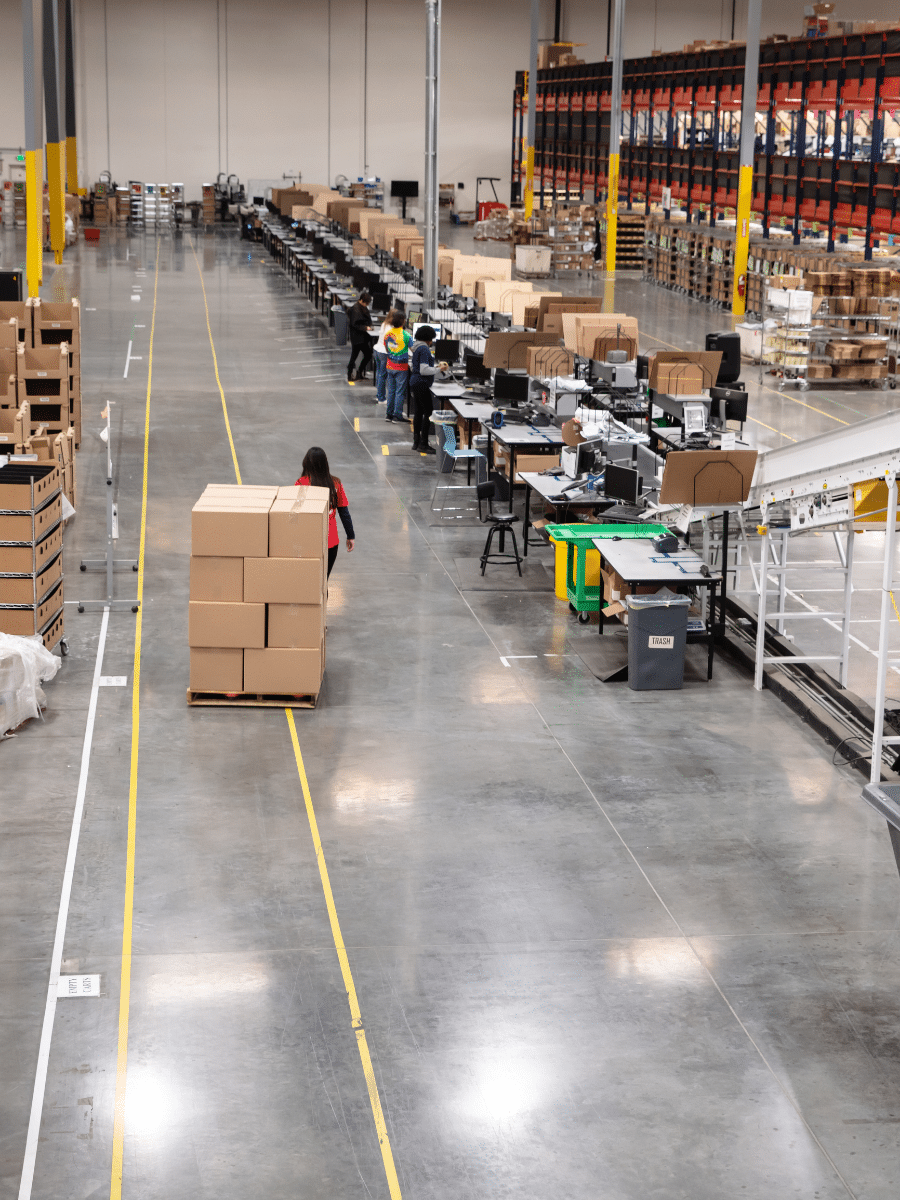Introduction
Technology is having a significant impact on the warehousing and distribution industries. In particular, the use of robots with warehouse management systems is increasing efficiency and accuracy. This allows for orders to be fulfilled faster and with fewer mistakes.
The use of software in warehouses is becoming an increasingly important element in the industry. As technology continues to evolve, it’s likely that even more changes will take place in the way goods are stored and distributed.
Warehouses are an essential part of any distribution system. They not only store goods, but they also process and ship them as well. Warehouses need to be able to handle the volumes of orders that come in from a single day – thousands or even tens of thousands of items at a time. For this to happen, warehouse management systems have been created which allow for greater accuracy and speed when dealing with all these orders.
The evolution of warehousing has led to more efficient use of space and improved safety by using more automation technology such as robots.
This is just one example of how technology is having a huge impact on industries across the world today!
How does a WMS help to improve warehouse efficiency and accuracy?
A warehouse management system (WMS) is a software application that helps to manage the operations of a warehouse. It can help to improve warehouse efficiency and accuracy by streamlining the order fulfilment process.
The WMS can help to ensure that orders are filled accurately and quickly, which can minimise the amount of time that is wasted on order fulfilment. Additionally, it can help to identify and correct errors that may occur during the order fulfilment process. This can help to ensure that orders are filled correctly and on time every time.
How does warehouse software work?
Warehouse management systems are designed to be user-friendly and easy to navigate. They can help to automate warehouse tasks (such as order management, inventory control, etc.) which allows warehouse workers to focus on other areas of the process. Warehouse managers can use the WMS to oversee all aspects of their warehouse operations.
Warehouse software can be used to maximise efficiency by automating many processes that would otherwise have to be done manually. Warehouse operations are improved with the use of warehouse management systems, including receiving, shipping, packaging, and fulfilment. Warehouse managers can use their warehouse software system for a variety of tasks in the warehouse process.
The following are just some examples of tasks that can be performed with a warehouse management system:
– Track inventory and use barcode scanners to improve the accuracy of storage, shipping, and picking.
– Improve communication between employees (and between employees and supervisors) through the use of warehouse software messaging boards.
– Receive customer orders electronically through warehouse software.
– Create reports for management of inventory, sales orders, customer information, and more.
– Ensure warehouse employees are following company policies through the use of a warehouse incident reporting system.
– Automatically generate purchase orders for items that need to be reordered.
– Improve order accuracy by reducing manual data entry with warehouse software’s scanning capabilities.
Warehouse management systems can also help to increase profits by improving warehouse workflow. Improved workflow allows employees to quickly and efficiently complete their tasks, such as picking items for an order, or storing inventory in specific areas of the warehouse. This decreases both the amount of time it takes for employees to do their jobs and the amount of movement that is necessary for them to perform these jobs.
Using warehouse management systems can lead to reduced errors, faster order processing, and increased throughput. There are many benefits of using a warehouse management system in the warehouse environment. Warehouses that use these systems may see productivity improvements as well as reductions in costs.
Companies can choose from several different types of software all depending on what they need to accomplish. Warehouse management software is available in several different forms, including warehouse management systems that can fit into existing IT landscapes or software that is cloud-based and easy to access from anywhere.
If you’re interested in learning more about how warehouse management software can benefit your business, please contact us today. We would be happy to discuss the different options available and find a system that is perfect for your needs.



